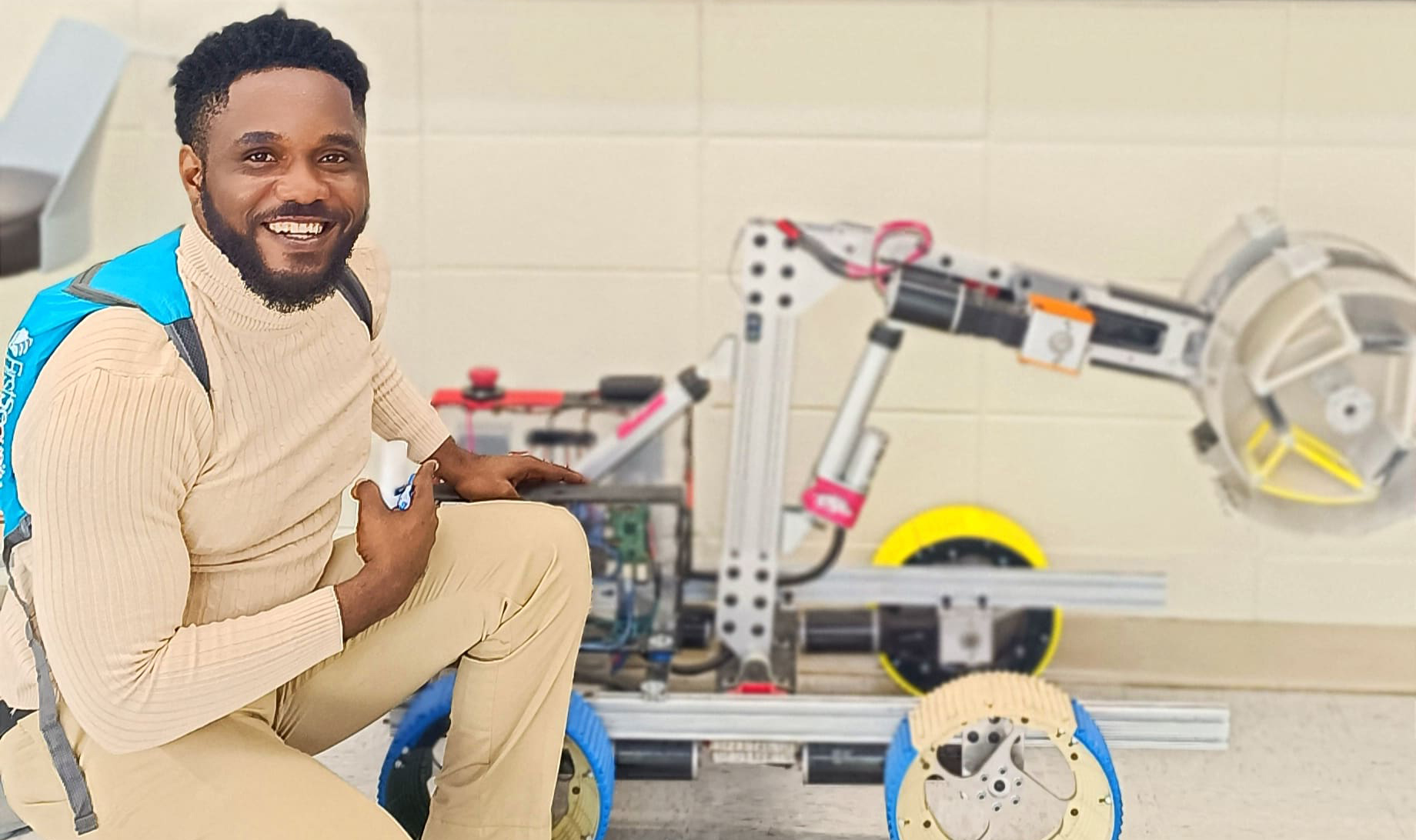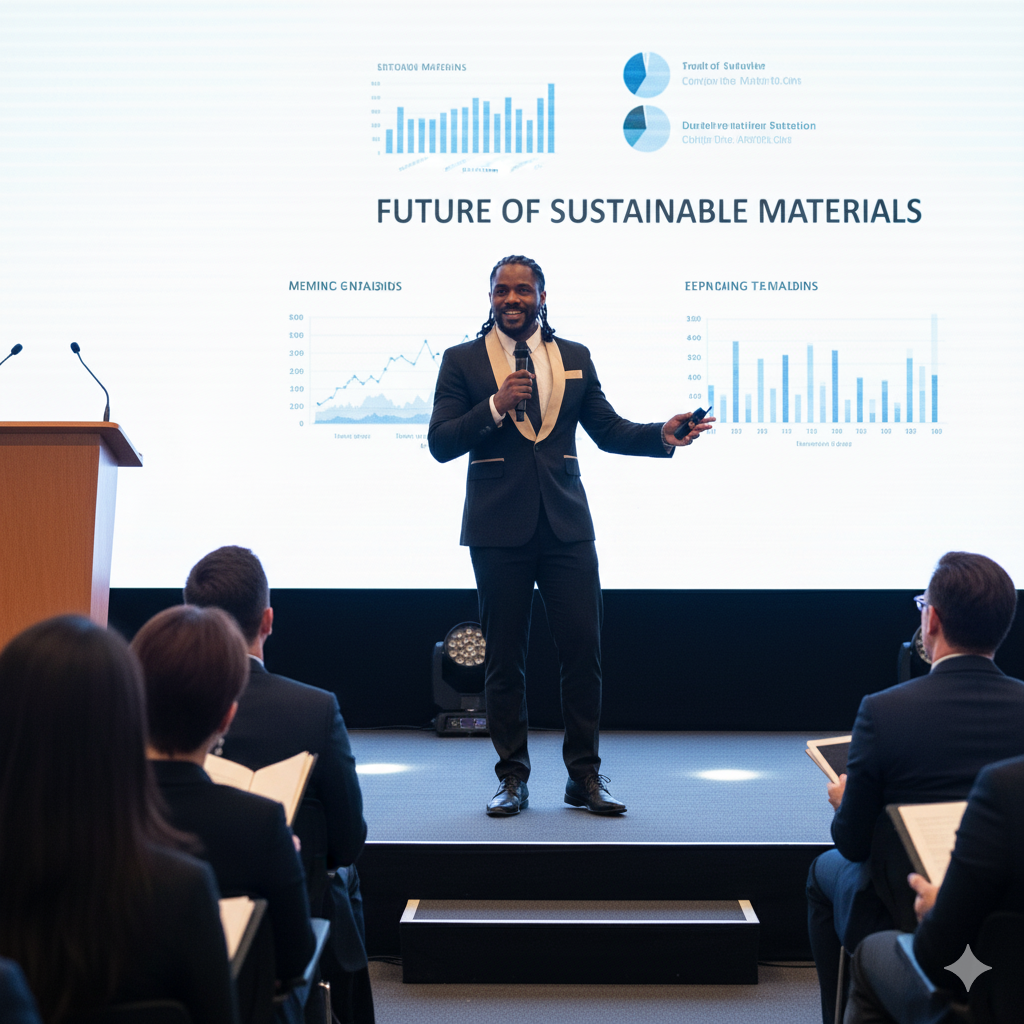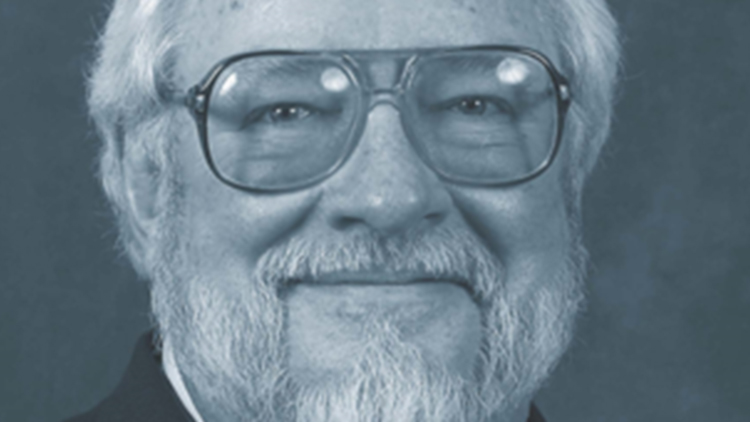Understanding How Technology Shapes Organizations: Insights from Markus and Robey
In today’s rapidly evolving business landscape, technology plays a pivotal role in shaping how organizations operate and adapt. But how exactly does technology influence organizational change? In their influential 1988 article, “Information Technology and Organizational Change: Causal Structure in Theory and Research,” M. Lynne Markus and Daniel Robey delve into this very question. They explore different ways to understand the relationship between technology and organizational change, challenging simplistic views and offering a more nuanced perspective. Let’s break down their key ideas in everyday language.
Three Ways Technology Can Drive Change
Markus and Robey identify three main perspectives on how technology influences organizations:
- Technological Imperative
- Organizational Imperative
- Emergent Perspective
1. Technological Imperative: Technology as the Boss
Core Idea:
Imagine technology as a powerful force that dictates how an organization should change. According to the Technological Imperative, technology doesn’t just assist—it drives change in a fixed, predictable way. Here, technology acts like an external factor that organizations must respond to, often with little room for flexibility.
How It Works:
Once a new technology is introduced, it limits and directs how the organization operates. It sets the rules by enabling certain ways of working while restricting others.
Example:
Back in the 1960s and 70s, experts thought that technologies like email would “flatten” company hierarchies. The idea was that direct communication via email would reduce the need for middle managers, leading to simpler organizational structures. Similarly, today’s Artificial Intelligence (AI) could force companies to restructure around its capabilities, pushing changes from the top down with AI shaping workflows and decision-making processes.
Modern Context:
Consider AI-driven automation in a company. If AI systems are implemented to handle tasks automatically, the organization might need to reorganize its departments and workflows to accommodate these new capabilities. Employees might have less control over certain processes as AI dictates new ways of working.
2. Organizational Imperative: Organizations as the Decision-Makers
Core Idea:
Contrary to the technological imperative, the Organizational Imperative views technology as a tool shaped by the organization’s own goals and strategies. Here, the organization is in charge, deciding how to use technology to meet its specific needs.
How It Works:
Organizations have the power to design, implement, and tailor technology to fit their unique objectives. They make conscious decisions about how technology is applied, ensuring it aligns with their strategic goals.
Example:
Think about a company that decides to implement a new customer service software. They choose a system that aligns with their goal of enhancing customer satisfaction. The technology is selected and customized to support this objective, rather than the technology dictating a change in their customer service processes.
Modern Context:
In today’s world, organizations might adopt AI tools specifically designed to enhance customer experience, improve data analysis, or streamline operations. These decisions are driven by the company’s strategic objectives, ensuring that the technology serves their intended purpose.
Related Model:
The Technology Acceptance Model (TAM) fits well with this perspective. TAM suggests that whether people adopt a new technology depends on how useful and easy to use they find it within their organizational context, rather than the technology having inherent qualities that drive its adoption.
3. Emergent Perspective: Change Happens Through Interactions
Core Idea:
The Emergent Perspective suggests that the impact of technology arises from the interactions between the technology, the people using it, and the surrounding context. Change isn’t directly caused by the technology or the organization alone but emerges from a complex mix of factors.
How It Works:
Technology’s effects depend on how it’s used and interpreted by individuals within the organization, as well as the specific cultural and environmental context. The same technology can lead to different outcomes in different settings.
Example:
Imagine two hospitals implementing the same Electronic Health Records (EHR) system. In one hospital, staff might embrace the system, leading to improved efficiency and patient care. In another, resistance from staff and a lack of supportive leadership could result in the system being underutilized and causing frustration.
Modern Context:
With AI, one company might successfully integrate AI into their decision-making processes, enhancing productivity and innovation. Another company might struggle with AI adoption due to a resistant culture or lack of training, resulting in limited benefits.
Use in Research:
This perspective aligns with studies that focus on individual experiences and specific organizational contexts. It recognizes that technology outcomes are not one-size-fits-all but vary based on how technology is implemented and used in different environments.
Process vs. Variance Theories: Understanding Change Dynamics
Markus and Robey also discuss two different approaches to studying how technology affects organizations: Process Theory and Variance Theory.
Process Theory: The Step-by-Step Journey
Core Idea:
Process theories look at organizational change as a sequence of steps or stages. Each step is necessary for the next one, but simply completing one step doesn’t guarantee that the next step will happen.
How It Works:
Change happens through a series of stages, where each stage sets the foundation for the next. However, organizations might get stuck at any stage, preventing further progress.
Example:
Consider a company trying to adopt a new IT system. They might start with initial installation (initiation), followed by spreading its use across departments (contagion), then controlling how it’s used (control), integrating it into daily operations (integration), managing data effectively (data administration), and finally reaching full maturity where the system is optimized and fully embedded.
Analogy:
Installing a fan by following a step-by-step guide. Each step is necessary, but missing or skipping a step can result in the fan not working properly.
Variance Theory: Predictable Cause and Effect
Core Idea:
Variance theories focus on clear, direct relationships between variables. If a certain condition (X) is present, it will reliably lead to a specific outcome (Y).
How It Works:
These theories predict outcomes based on the presence of certain factors, assuming a consistent cause-and-effect relationship.
Example:
Transaction Cost Theory suggests that if a company has highly specialized assets (X), it will incur higher transaction costs (Y). This relationship is seen as direct and predictable.
Comparison with Process Theory:
Unlike process theories, variance theories assume that if condition X exists, outcome Y will always follow, without considering the stages or additional factors that might influence the result.
Bringing It All Together: A Comprehensive View
Markus and Robey advocate for integrating these theories to gain a fuller understanding of how technology impacts organizations. By combining the predictability of variance models with the dynamic insights of process theories, researchers and practitioners can better grasp both the “what” and the “why” behind technological change.
Levels of Analysis: Zooming In and Out
To fully understand the impact of technology, it’s important to look at it from different perspectives:
- Macro-Level Analysis:
Focuses on broad impacts at the organizational or societal level. For example, studying how widespread IT investments affect an entire industry. - Micro-Level Analysis:
Examines individual or small group behaviors. For instance, using TAM to study how individual employees accept and use a new software tool. - Mixed-Level Analysis:
Combines both macro and micro perspectives, exploring how individual actions influence broader organizational outcomes. For example, investigating how individual use of a new technology contributes to overall organizational efficiency.
Applying These Ideas to Modern Technology: The Case of AI
Let’s see how these perspectives apply to a cutting-edge technology like Artificial Intelligence (AI):
- Technological Imperative:
AI is seen as an unstoppable force that forces organizations to restructure around its capabilities. Companies might have to adopt new workflows and reduce certain roles because AI can perform those tasks more efficiently. - Organizational Imperative:
Organizations strategically implement AI to meet specific goals, such as improving customer service or enhancing data analysis. Here, AI is tailored and integrated based on what the company aims to achieve. - Emergent Perspective:
The impact of AI varies depending on the organization’s culture, how employees interact with AI, and other contextual factors. In some companies, AI might lead to significant innovation, while in others, it might face resistance and limited use.
Key Takeaways
- Technology Doesn’t Act Alone:
Technology’s impact on organizations is shaped by multiple factors, including organizational goals, user interactions, and the surrounding context. - Different Perspectives Offer Different Insights:
Understanding whether technology drives change directly, is shaped by organizational strategies, or emerges from complex interactions helps in effectively managing technological adoption. - Combining Theories Provides a Fuller Picture:
Integrating process and variance theories, along with considering different levels of analysis, offers a more comprehensive understanding of how technology influences organizational change. - Context is Crucial:
The same technology can lead to different outcomes in different organizations, highlighting the importance of considering organizational culture, user behavior, and other contextual factors. - Modern Relevance:
These insights are highly relevant today as organizations grapple with implementing advanced technologies like AI. Recognizing the interplay between technology, organizational strategy, and user interactions can lead to more successful and sustainable technological integration.
Final Thoughts
Markus and Robey’s work encourages us to move beyond simplistic views of technology as either a puppet master or a mere tool. Instead, it invites us to see technology as part of a dynamic system where its impact is continuously shaped by human actions, organizational strategies, and contextual factors. By adopting this more nuanced perspective, organizations can better navigate the complexities of technological change, leading to more effective and meaningful outcomes.
Process Theory:
- Think of it like a story: It’s about looking at how technology gets introduced and used in a company over time, like a movie where you see all the ups and downs.
- Key Points:
- Everything Changes: It says that when you bring new tech into a company, it’s not just about the technology itself. It’s about how people react, adapt, or even resist it.
- No Two Stories are Alike: Each company might have a different experience because of its unique culture, the way it’s set up, or even the personalities of the people involved.
- It’s About the Journey: Instead of just looking at the end result, this approach focuses on the steps and events leading there. It’s like watching how a recipe comes together, not just eating the final dish.
- For Managers: They need to be ready to adjust plans as things unfold, understanding that technology might lead to unexpected outcomes.
Variance Theory:
- Like Looking for Patterns: This approach is more like doing a scientific experiment where you’re trying to find out if certain ingredients always make the cake rise better.
- Key Points:
- Finding the Formula: It looks for patterns or connections between technology and outcomes. For instance, does using a new software always increase sales in similar companies?
- Predictable Outcomes: It assumes that if you know the right conditions or factors, you can predict how things will turn out.
- Comparing Companies: It’s about comparing lots of different companies or scenarios to see what works best in general.
- For Managers: They might use this to decide on tech based on what’s worked elsewhere, kind of like choosing a proven recipe over experimenting with new ones.
In Simple Terms:
- Process Theory is like watching how your life changes when you get a new gadget, noting all the adjustments, surprises, and learning curves.
- Variance Theory is like doing surveys to see if everyone who buys a certain gadget gets happier or more productive, looking for a common result across many people.
Both approaches help understand technology in organizations but from different angles: one looks at the unique journey, the other at general patterns.









Leave a Reply